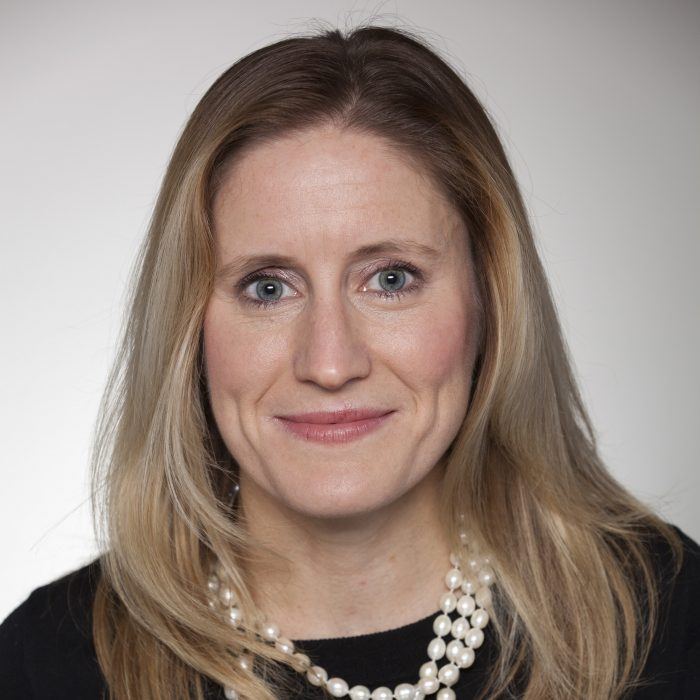It's no secret that consumers have higher expectations of their online experiences today than they did pre-pandemic. In fact, poor digital experiences were responsible for an estimated 8% loss in revenue across industries in 2021 – and, in healthcare, estimated revenue losses climbed up to 14%.
Patients' expectations of their healthcare journey are clear, but payers and providers are struggling to drive transformation.
Traditional healthcare organizations are making it difficult to find a provider, and access to those providers and available appointments continue to be a challenge. Meanwhile, payers are awash in massive amounts of information their members seek. This also makes it difficult for health plan members to find the right provider that accepts their insurance plan. It's even hard to find information about plans. Payers are seeking to be their members' trusted health advisor — but failing miserably.
On top of all of this is the economic macro environment: healthcare premiums have increased due to inflation, and commercial insurance plans leave members on the hook with higher deductibles for their care. Patients and consumers have higher out-of-pocket costs – and more choices than ever to find care that is convenient and affordable.
Finally, at the same time, non-traditional organizations are entering the market: Amazon, CVS, Walmart, and Google, among others. They are stepping into an industry that is broken and mending those gaps — taking patient volume with them. A recent email advertisement from OneMedical (now owned by Amazon) marketed "frustration-free primary care," hitting at the heart of what non-traditional organizations are trying to do: cut the friction out of the consumer experience, driving greater patient acquisition and consumer loyalty.


